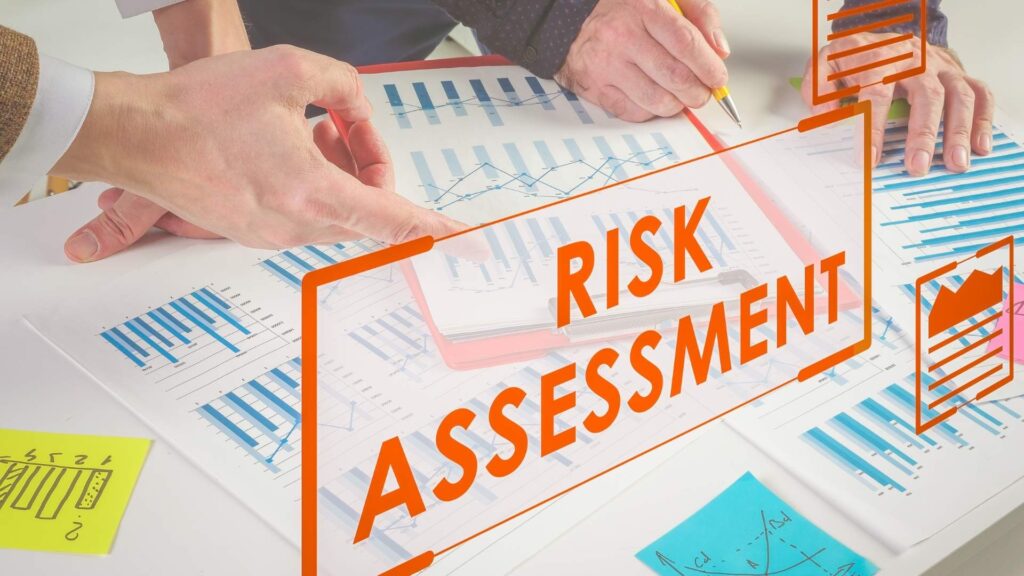
Risk Assessment Tools: Understanding the Best Options for Effective Risk Management
In today’s dynamic business landscape, identifying and managing potential risks is a critical aspect of organizational success. Companies face a multitude of threats ranging from financial and operational to cybersecurity and compliance. To mitigate these risks, organizations must rely on efficient risk assessment tools that provide the data and insights needed to make informed decisions. In this article, we’ll explore the importance of risk assessment tools, the top solutions available today, and how to choose the right one for your needs.
What Are Risk Assessment Tools?
Risk assessment tools are digital platforms or methodologies designed to help businesses identify, analyze, and manage risks in various domains. These tools can be manual (spreadsheets or checklists) or automated (software platforms). They help detect potential threats, evaluate the likelihood and impact of risks, and propose mitigation strategies. By using these tools, organizations can prioritize risks based on severity and develop action plans to prevent or respond to them efficiently.
Why Risk Assessment Tools Are Essential
Without structured risk assessment, organizations leave themselves vulnerable to unforeseen disruptions. Here’s why risk assessment tools are essential:
- Informed Decision-Making: By understanding risks, leaders can make strategic decisions with confidence.
- Regulatory Compliance: Many industries are governed by regulations that require formal risk management processes.
- Resource Optimization: Risk tools help allocate resources to the most critical areas, improving operational efficiency.
- Business Continuity: Identifying and addressing risks ahead of time ensures smoother operations during crises.
- Reputation Management: Proactively managing risks reduces the chance of reputational damage from mishandled incidents.
Key Features of Effective Risk Assessment Tools
While different tools vary in scope and functionality, some core features should be present in a high-quality risk assessment tool:
- Risk Identification: The ability to detect risks across departments, functions, or systems.
- Risk Analysis: Tools that calculate risk based on likelihood and impact, often using qualitative or quantitative metrics.
- Risk Prioritization: Ranking risks to address the most critical threats first.
- Mitigation Planning: Providing action plans or controls to minimize identified risks.
- Reporting and Dashboards: Visualization tools to track risk status, trends, and KPIs.
- Compliance Mapping: Ensuring risk controls align with industry regulations and standards.
Top Risk Assessment Tools in 2025
1. LogicGate Risk Cloud
LogicGate Risk Cloud is a flexible platform that allows businesses to automate their risk management processes. It offers customizable workflows, risk scoring, and integration with various business tools. Its intuitive interface and real-time dashboards make it a favorite among mid-sized to large enterprises.
2. Resolver
Resolver provides end-to-end risk management tools including incident reporting, audit management, and compliance tracking. It’s ideal for enterprises looking to centralize their risk data and implement a structured response framework. Resolver supports detailed analytics and risk heatmaps to visualize threats effectively.
3. RiskWatch
RiskWatch is a cloud-based tool offering security and compliance risk assessments tailored to industries like healthcare, finance, and energy. It automates assessments, helps ensure regulatory compliance, and generates real-time reports that facilitate quick decision-making.
4. RiskLens
RiskLens is a specialized tool for cyber risk quantification using the FAIR (Factor Analysis of Information Risk) model. It helps organizations translate cyber risk into financial terms, making it easier for stakeholders to understand and prioritize investments in security.
5. LogicManager
LogicManager is a comprehensive governance, risk, and compliance (GRC) platform. It includes risk assessments, policy management, and audit tools. Its strong focus on compliance makes it particularly suitable for highly regulated industries like banking and pharmaceuticals.
6. SpiraPlan
SpiraPlan offers enterprise-level risk tracking alongside project and quality management tools. It’s particularly useful for software development and IT firms who need integrated risk and project oversight in agile environments.
How to Choose the Right Risk Assessment Tool
Choosing the right risk assessment tool depends on several factors:
- Industry Requirements: Some tools are built for specific industries, such as healthcare, manufacturing, or finance.
- Organization Size: Enterprise-grade tools may be overkill for small businesses. Look for solutions that scale with your needs.
- Integration Capabilities: Ensure the tool integrates with your existing systems (CRM, ERP, HRM, etc.).
- Customization: A flexible platform allows you to tailor assessments to your unique processes and risk tolerance.
- Support and Training: Choose vendors that provide strong onboarding, customer service, and learning resources.
Implementing Risk Assessment in Your Organization
Once a tool is selected, implementation is the next crucial step. Here’s a basic plan to roll out risk assessment tools:
- Identify Stakeholders: Engage risk owners and decision-makers early in the process.
- Define Objectives: Clearly outline what you hope to achieve—compliance, improved security, etc.
- Map Risks: Conduct a risk inventory across departments or processes.
- Set Up the Tool: Configure the platform based on your risk framework and controls.
- Train Users: Educate team members on how to use the system effectively.
- Monitor and Review: Continuously evaluate the effectiveness of risk controls and adapt as needed.
Conclusion
As threats become more complex and frequent, the need for comprehensive risk assessment tools continues to grow. From cybersecurity breaches to operational failures, businesses must be prepared to identify, assess, and mitigate potential issues. By selecting the right risk assessment tool and integrating it into your strategic planning, you’ll enhance resilience, support compliance, and improve decision-making across your organization. Don’t wait for a crisis—invest in your risk management strategy today and position your business for long-term success.




